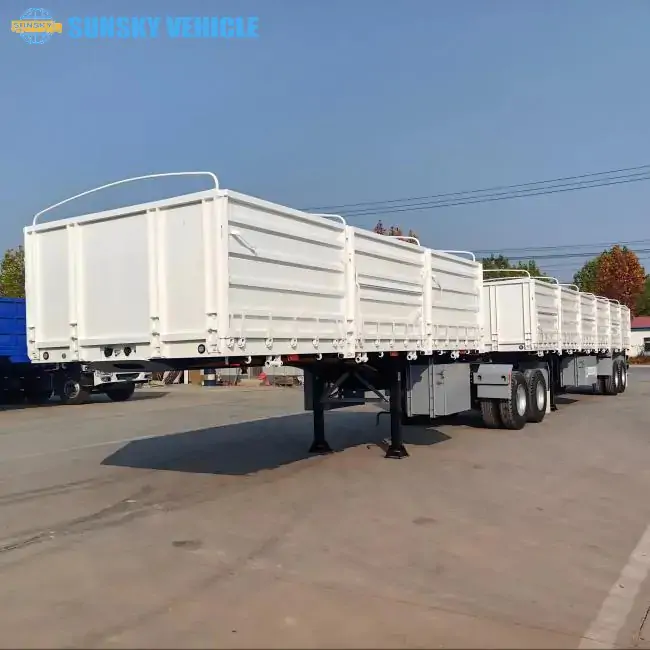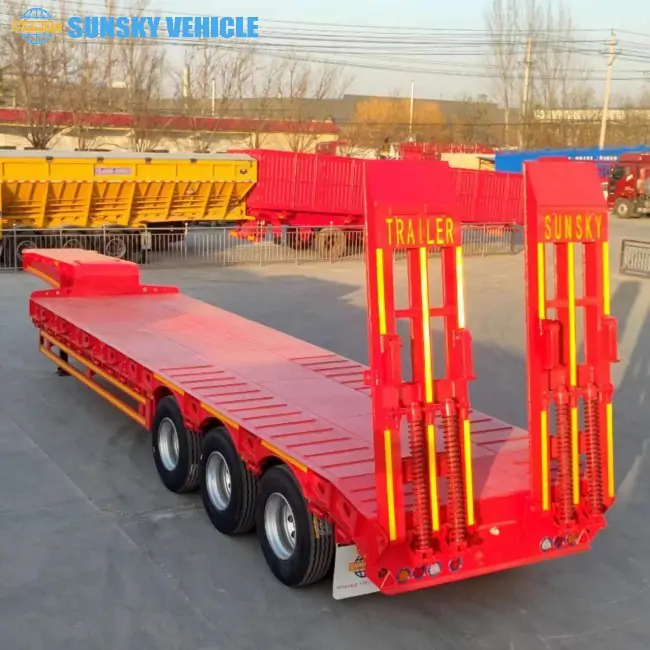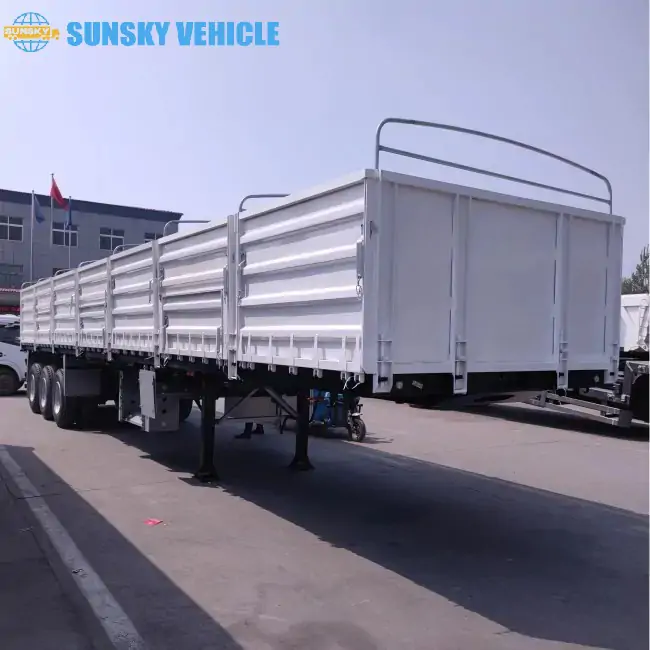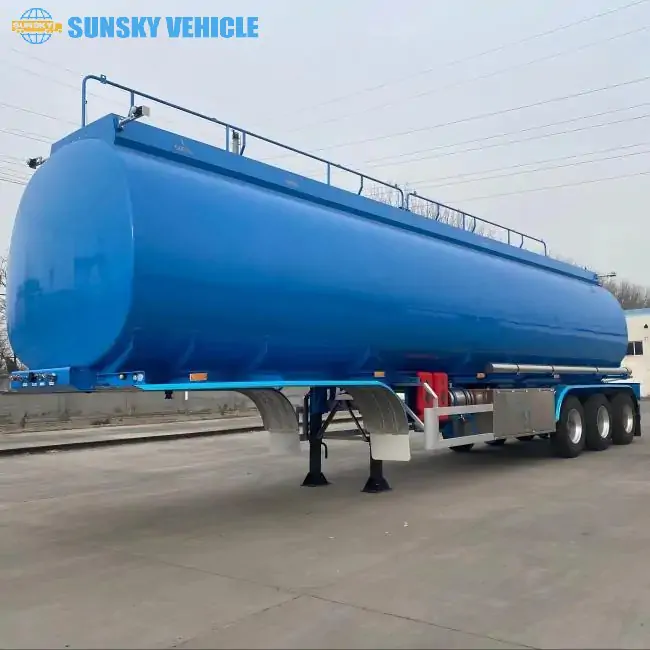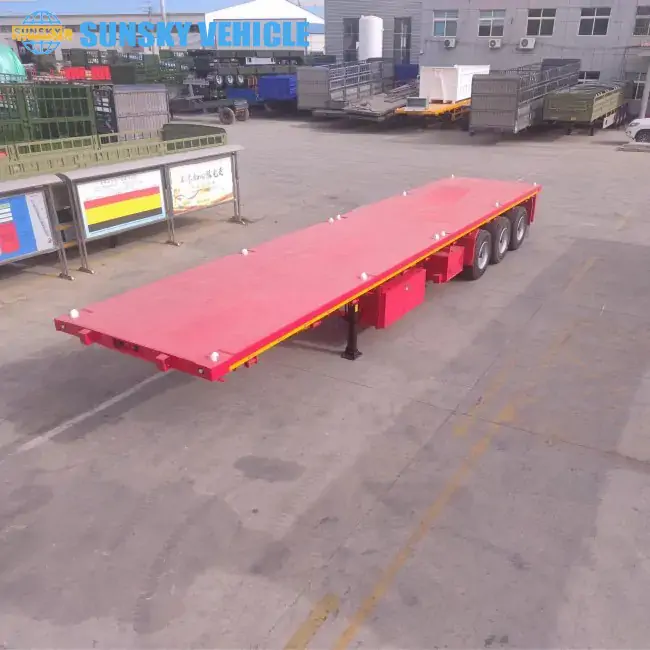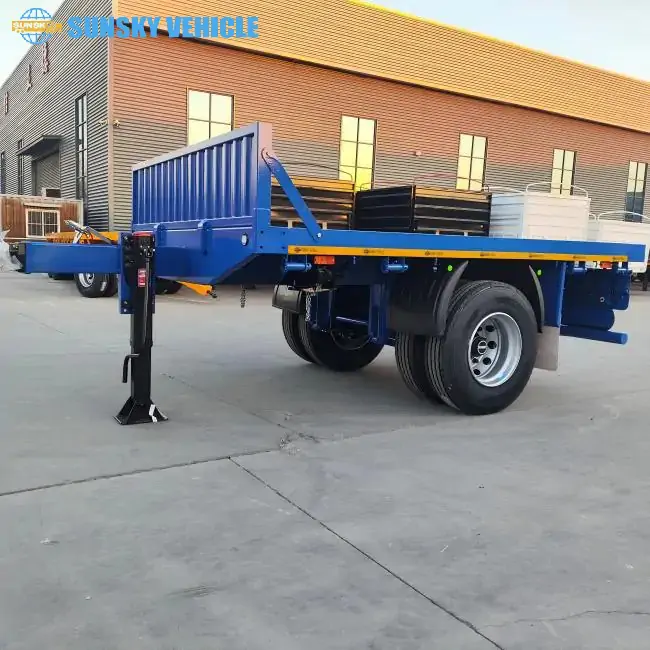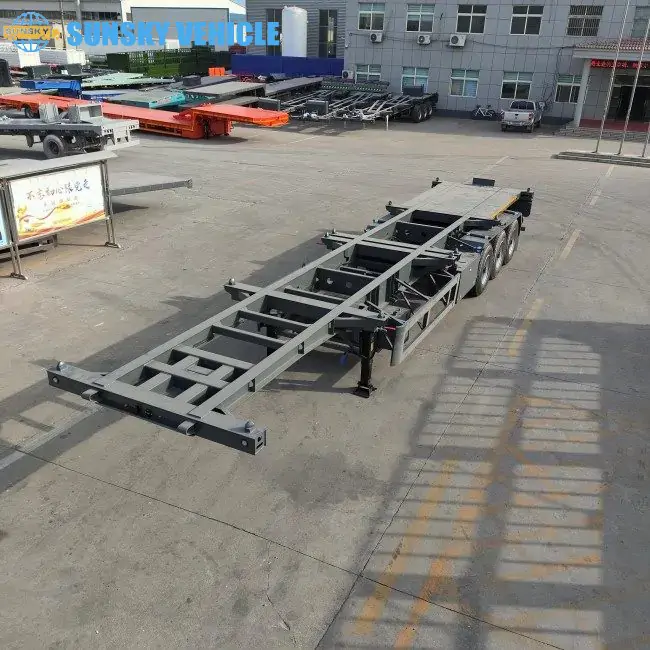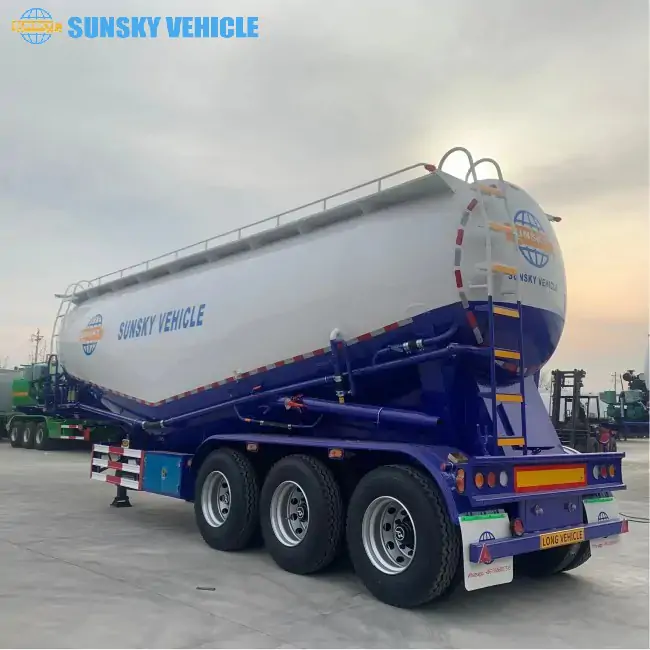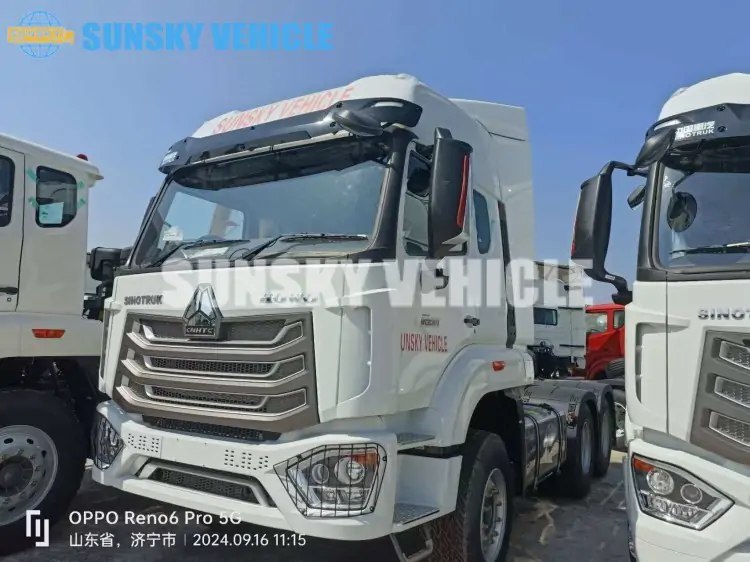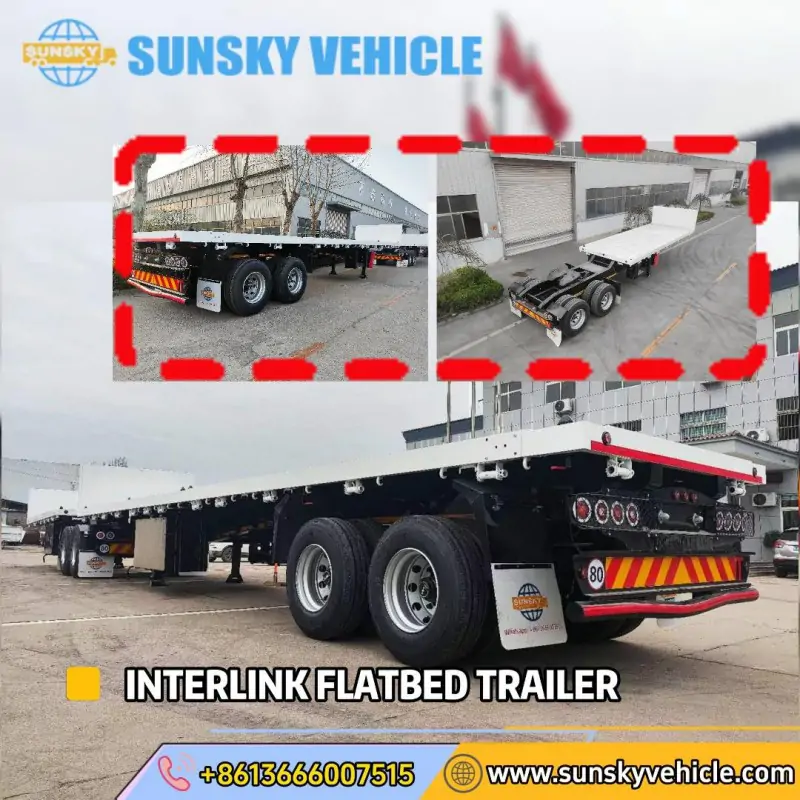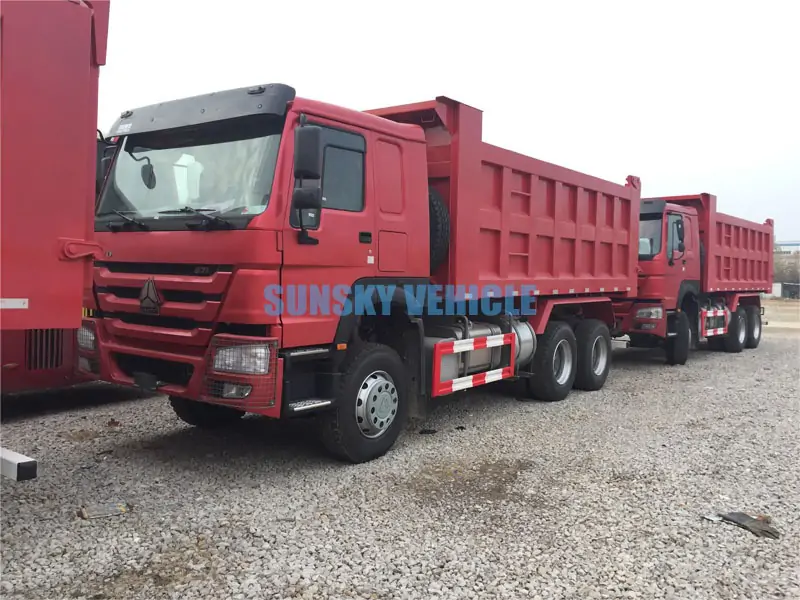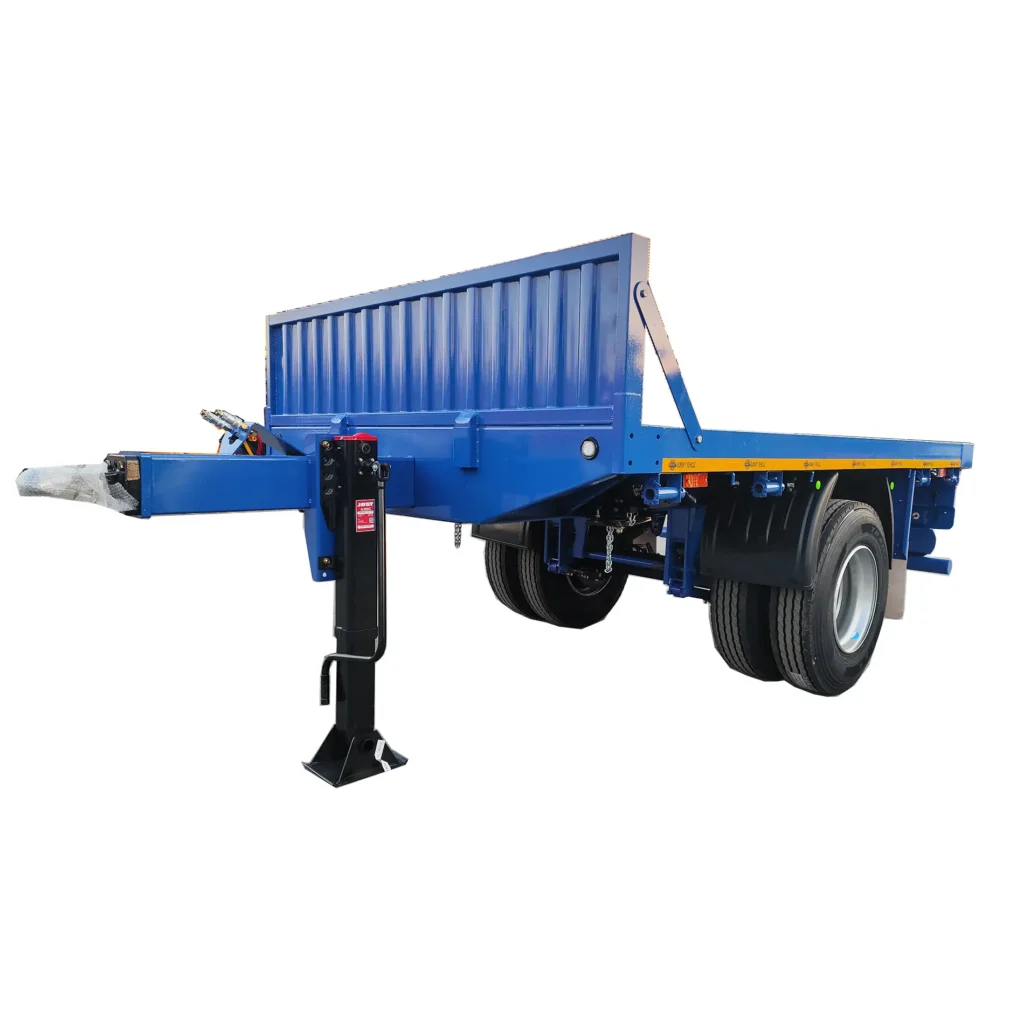
dangler trailer
Dangler trailer is a simple, economical and adaptable means of transport. Its main advantages are low cost, simple maintenance, light tare weight, suitable for complex terrain, and especially suitable for short-distance transportation of small and medium-sized goods.
What is a dangler trailer?
Dangler trailer is a commonly used means of transport in Africa (and other regions), usually used for cargo transportation. The following is a detailed explanation of its meaning and function:
Meaning
Single-axle: refers to a trailer with only one axle (usually a two-wheel or multi-wheel four-wheel axle). Compared with multi-axle trailers, single-axle trailers have a simpler and lighter structure and are suitable for lighter loads.
Full-trailer: A full-trailer is a trailer that carries goods completely. Unlike a semi-trailer, it is connected to a towing vehicle (such as a truck or tractor) through a towing device (such as a drawbar), carries all the weight by itself, and has wheels on both the front and rear axles.
Transport trailer: This trailer is specially designed to transport goods, usually for agricultural, industrial or commercial purposes.
dangler trailer for sale
No products were found matching your selection.
single-axle full-trailer application scenarios
In Africa, single-axle full-trailer transport trailers are widely used in agricultural transport, such as transporting coffee, cocoa, cotton, etc. from farms to distribution centers.

Agricultural transport: such as transporting coffee, cocoa, cotton, etc. from farms to distribution centers.

Community service: transporting water, food, or other necessities in remote areas.
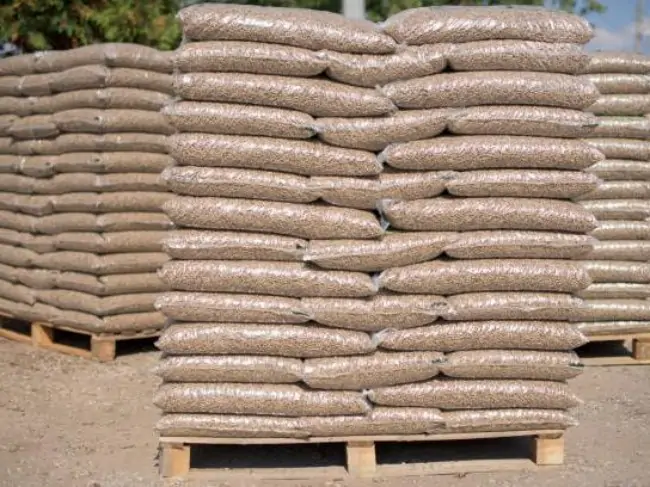
Market transport: small vendors use it to transport goods to local markets.

Construction industry: transporting construction materials such as sand and cement to construction sites.
Standard configuration
-
SUNSKY axle
-
12R22.5 Tires
-
LED light system
-
one axle
-
surface paint process
-
Leaf spring suspension
-
10 ton payloads
Customizable options
-
Height of head wall
-
Height of head/side wall
-
landing gear
-
Tire size
-
spring/airbag suspension
-
Rear tailgate container door baffle
-
BPW/Triangle/FUWA axles as needed
Looking for some new designs ?
one axle trailer detail design
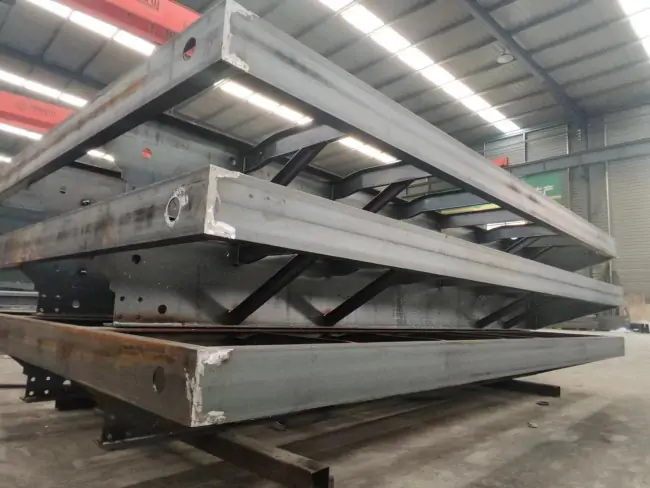
High-Strength Main Beams: The core of a flatbed trailer’s durability lies in its robust main beams, typically I-beams made from high-tensile steel. These are engineered to withstand immense downward pressure and torsional forces from heavy, concentrated loads, ensuring structural integrity and stability during transit.
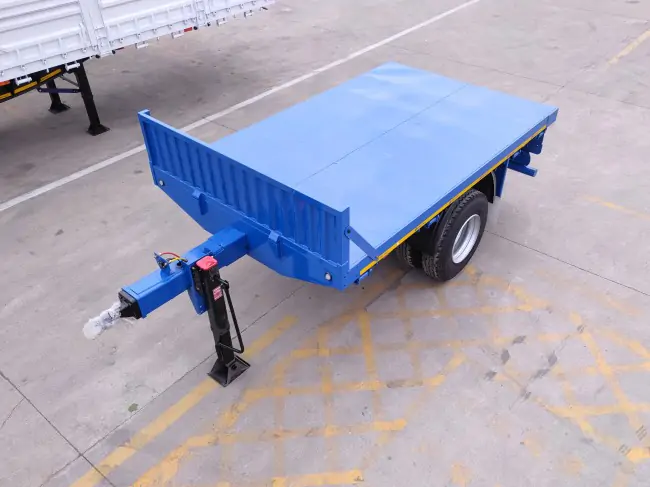
Durable Decking Material: The flat platform is commonly constructed from aluminum, designed for exceptional wear resistance and grip. Platform pattern design increases friction. This provides a sturdy, non-slip surface that can endure repeated loading and unloading cycles of diverse and heavy cargo.
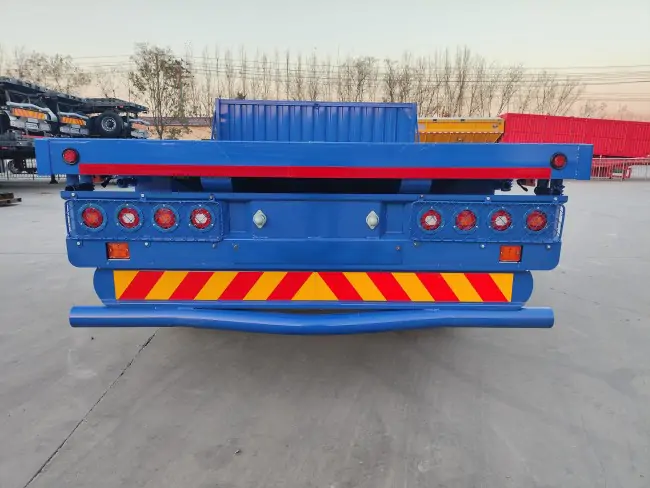
Lighting system, tail lamp shade–Prevent damage to the lights from foreign objects such as gravel.
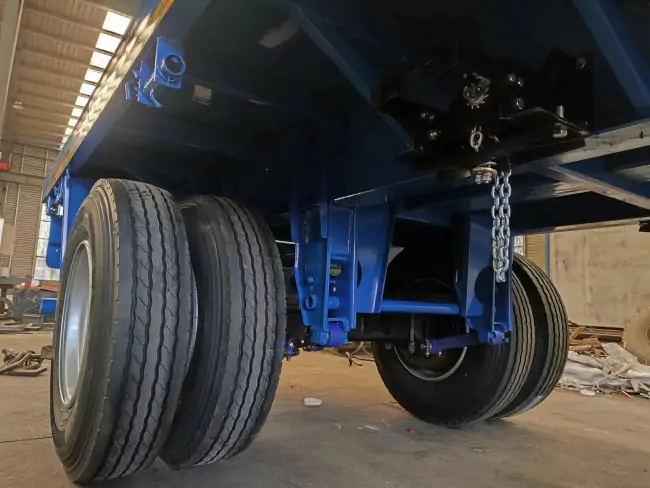
Advanced Axle and Suspension Systems: Flatbed trailers are equipped with three axles and a robust suspension system (air suspension or spring suspension) designed to evenly distribute the load. This enhances stability, reduces road shock to the cargo, extends tire life, and ensures compliance with strict axle weight regulations.
Video of one-axle trailer
pup trailer
flatbed trailer with dangler trailer

The trailer type you are looking for is not found
FAQ
Why are pup trailers suitable for transporting copper plates?
Pup trailers are particularly suitable for transporting copper plates due to a combination of factors related to their size, maneuverability, and typical applications in diverse freight scenarios. Copper plates, while relatively flat, are incredibly dense and heavy, meaning even a small stack can quickly reach significant weight limits. Pup trailers, being shorter (typically 26-28 feet), are excellent at handling dense, high-weight cargo without exceeding axle weight limits that might be an issue for longer trailers. Their shorter length allows for better weight distribution per axle when carrying concentrated heavy loads.
Furthermore, pup trailers excel in urban deliveries and tighter industrial areas where copper plates are often manufactured, processed, or delivered. Their superior maneuverability compared to full-length trailers allows for easier navigation through city streets and precise positioning at docks or fabrication plants. When used in a doubles or triples configuration, they can efficiently transport multiple batches of copper plates to different locations without needing to unhitch and re-hitch a full-sized trailer. This flexibility, coupled with their robust build and ability to handle concentrated weight, makes pup trailers a smart and efficient choice for copper plate transport.
What are the main safety considerations when operating a pup trailer on public roads?
Operating a pup trailer on public roads, especially as part of a doubles or triples combination, introduces specific safety considerations beyond those of a single semi-trailer. The primary concern is trailer stability and control. With multiple articulation points, pup trailers are more susceptible to trailer sway (or “tail wagging”) and rollover risk, particularly at higher speeds, during sudden maneuvers, or in windy conditions. Drivers must be highly skilled in managing these dynamics.
Another critical factor is braking distance. Even though a pup trailer has its own brakes, the increased overall length and multiple braking systems mean longer stopping distances, requiring drivers to maintain greater following distances. Blind spots are also more extensive, demanding extra vigilance and reliance on mirrors and potentially cameras. Drivers need specialized training and CDL endorsements (like the Doubles/Triples endorsement in the U.S.) to legally and safely operate these configurations. Pre-trip inspections are paramount, focusing on secure coupling points and proper brake connections for each short semi-trailer in the combination to ensure overall vehicle integrity on the road.
How does a dangler trailer's maneuverability compare to a full-sized semi-trailer?
A dangler trailer’s maneuverability is significantly superior to that of a full-sized semi-trailer, making it an invaluable asset for specific logistical challenges. Due to its shorter length (typically 26-28 feet compared to 48-53 feet for full-sized dry vans), a pup trailer can execute tighter turns, navigate congested urban environments more easily, and fit into smaller loading docks or job sites. This enhanced agility reduces the need for complex backing maneuvers and minimizes delays in high-traffic areas.
When operating a single pup trailer with a tractor truck, the overall vehicle length is considerably shorter, allowing for greater flexibility. Even in a doubles or triples configuration, while the overall length increases, the ability of each short semi-trailer to articulate independently at multiple points provides a different kind of maneuverability. This allows the combination to flex around corners in ways a single, very long trailer cannot, although it requires highly skilled drivers. This superior maneuverability is a core reason why pup trailers are preferred for less-than-truckload (LTL) deliveries and operations requiring frequent stops in challenging access areas.
What are the typical cargo types best suited for one-axle full trailers?
One-axle full trailers are exceptionally versatile and best suited for transporting a variety of cargo types, particularly those benefiting from their shorter length, maneuverability, and ability to be used in multi-trailer combinations. They are ideal for Less-than-Truckload (LTL) freight, where smaller, often mixed, shipments are consolidated for efficient delivery to multiple destinations. Their shorter length makes it easy to drop off one short semi-trailer at a regional hub and pick up another without re-handling all the cargo.
They are also well-suited for dense, heavy cargo like the aforementioned copper plates, steel coils, bagged goods, or certain construction materials where concentrated weight is a factor. Because they have their own axles, they can handle significant per-foot weight without exceeding bridge formulas or single-axle limits. Furthermore, pup trailers are commonly used for postal services, parcel delivery, and beverage distribution in urban and suburban areas, where frequent stops and navigating tight streets are common. Their flexibility also makes them valuable in intermodal settings for moving containers efficiently from rail yards or ports to local warehouses.
Connect with us
Ready to partner? We’re convinced Sunsky Vehicle is your best choice! Reach out through the form or by phone.

*Our team will answer your inquiries within 24 hours.
*Your information will be kept strictly confidential.
Contact Info
-
+86 13666007515
-
sunskyvehicle@gmail.com
-
No.99 Xiangyu Road, Xiamen Free Trade Zone,HULI DISTRICT, XIAMEN,CHINA Factory address: Liangshan district, Jining city, Shandong, China
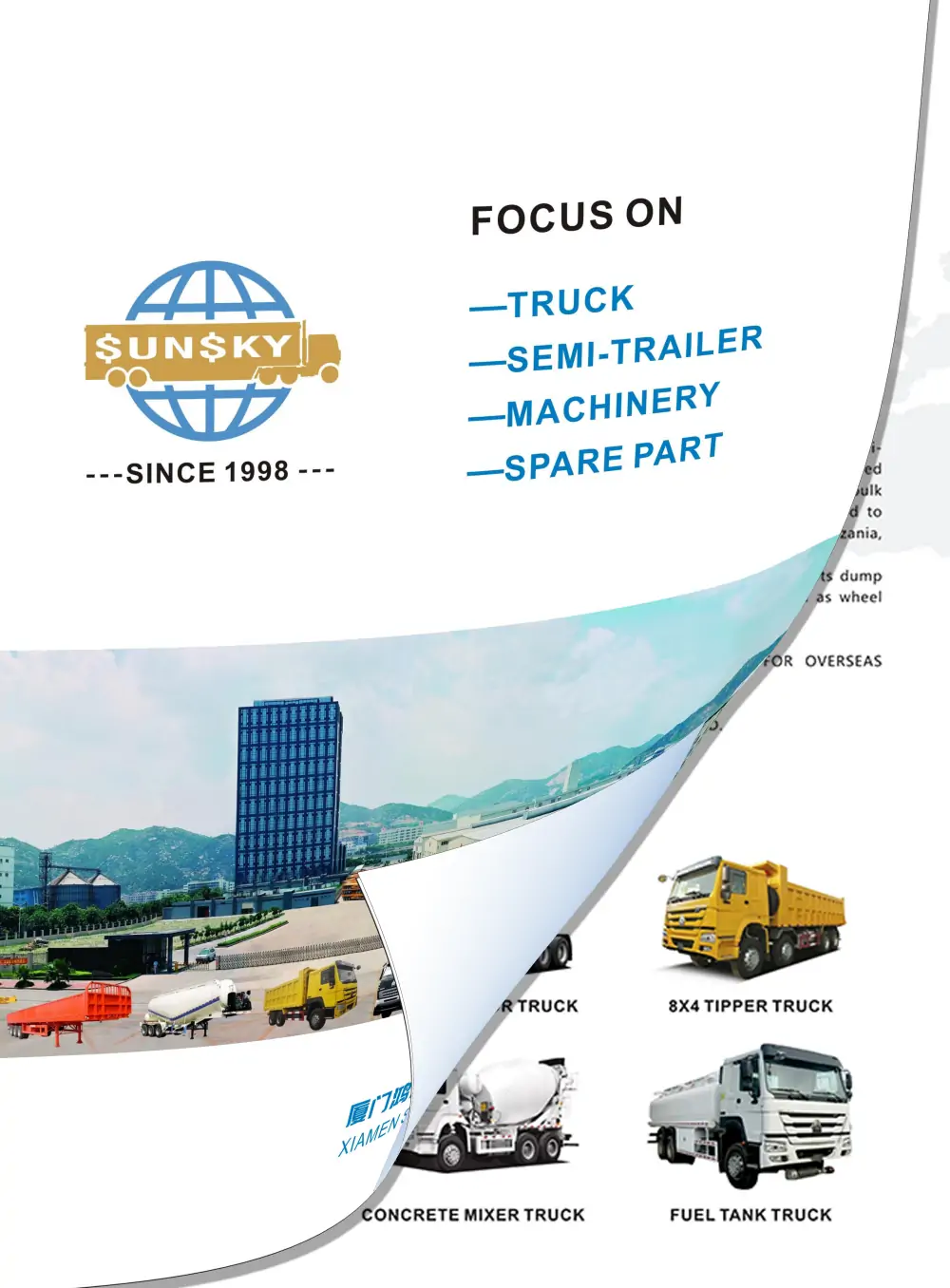
Copyright © 2020 Xiamen Sunsky Vehicle Co.,Ltd..All Rights Rese Co.,Ltd..All Rights Reserved.
Get A Quote
The more details you provide, the faster we can quote.
*Our team will answer your inquiries within 12 hours.
*Your information will be kept strictly confidential.

